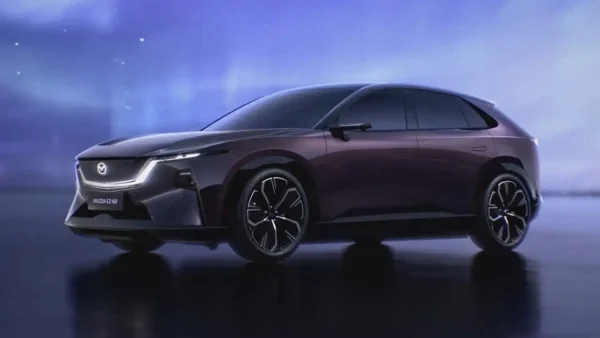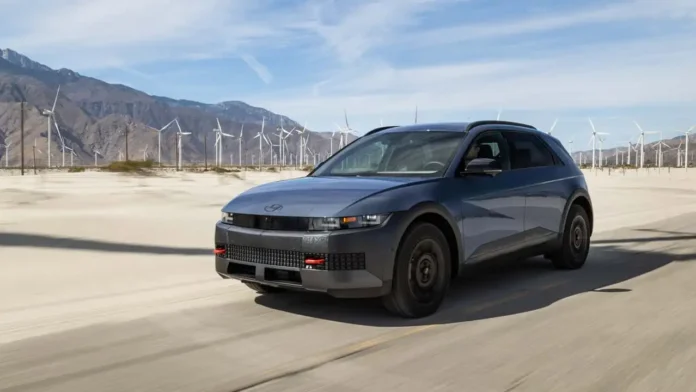Introduction: The Upscale Evolution of Mazda
In recent years, Mazda has made a noteworthy pivot towards higher-quality interior materials and innovative designs, aiming to carve a unique niche in the competitive American automotive market. By combining longitudinally-mounted inline-six-cylinder turbocharged engines and traditional front-engine/rear-drive proportions, Mazda sets itself apart from its Japanese counterparts.

The Anti-Electric Disruption: Mazda’s Hesitation
Despite its upscale efforts, Mazda has been relatively slow in rolling out an electrifying battery electric vehicle (BEV). The MX-30, offered between 2021 and 2023, represented the brand’s single effort in this domain but fell short with a mere 100 miles of range. Exclusively available in California, fewer than 500 units graced dealer lots. However, there is a shift underway as Mazda acknowledges the increasing necessity of battery power.
Charting a Path Towards Electrification
Jeff Guyton, Mazda’s global chief financial officer, reveals that the brand’s multi-solution strategy aims for a global electrification rate of 25-40% within the next few years. Emphasizing flexibility in implementation—acknowledging varied rates of EV adoption across geographies—Mazda has announced that a bespoke BEV is slated for 2027. This approach encapsulates Mazda’s ethos as a “challenger” brand, allowing it to hold on to its distinctive flair amidst the blandness that often accompanies BEVs.
Ultimately, Mazda’s persistent focus on weight reduction in engineering sets it apart from competitors, emphasizing that “if we can solve the weight problem, we can solve everything.” This mantra resonates through its strategy of enhancing gasoline engines’ efficiency alongside the gradual embrace of electrification. As the brand continues to navigate the electric landscape, the essence of Mazda remains—style meets efficiency, creating a truly unique driving experience.



